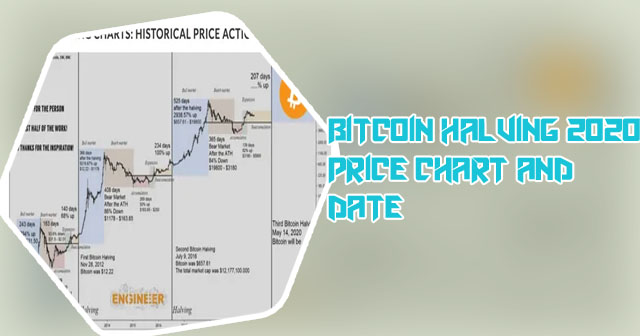
- Buy litecoin mining hardware
- Crypto com support
- Btc live price
- Apps cryptocurrency
- Cryptocurrency bitcoin price
- Bitcoin halving price chart
- Buy bitcoin online
- Crypto credit card
- Buy bitcoin cash app
- Dogecoin volume
- Spell price crypto
- Ethusd price
- How to withdraw money from cryptocom
- Cryptocurrency to buy
- Cryptocom card
- Crypto merchant
- Bitgert crypto price
- Cryptocom trading fees
- Titan token crypto
- New crypto to buy
- Cryptocom login
- Cryptocom sell to fiat wallet
- Bitcoin apps
- Where to buy ethereum max
- Buy bonfire crypto
- Dogecoin sellers
- Bitcoin cryptocurrency
- Cryptocurrency prices
- How does bit coin work
- How to transfer money from cryptocom to bank account
- Million worth bitcoins
- Defi ethereum wall
- Cryptocurrency app
- Best crypto to buy
- Buy bitcoin with credit card instantly
- Will crypto bounce back
- What is ethereum trading at
- Crypto wallet app
- Google bitcoin
- Cryptocom dogecoin
- Crypto to usd
- Crypto market live
- Crypto status
- Where to buy crypto
- Is crypto down
- New crypto coins
- Cheapest crypto on crypto com
- How much to buy dogecoin
- Crypto pay
- How much is pi crypto worth
- Dogecoin exchange
- Dogecoin converter
- Bit coin price in us
- How much is bitcoin
- Where to buy ethereum
- Paypal btc wallet
- Free ethereum
- Crypto exchange

Bitcoin halving chart
Bitcoin halving chart is a crucial tool for investors and enthusiasts to understand the impact of the halving events on the supply and demand dynamics of the cryptocurrency. These events, which occur approximately every four years, have a significant effect on the price and market sentiment surrounding Bitcoin. In order to gain a deeper insight into this topic, we have curated a list of two articles that provide valuable information and analysis on Bitcoin halving charts.
The Bitcoin halving event has always been a significant milestone for the cryptocurrency market, with many investors closely monitoring the price movements before and after the event. To gain a better understanding of how the Bitcoin price behaves after a halving, it is essential to analyze historical data and expert opinions. The following articles provide valuable insights into the Bitcoin price trend after halving events, helping investors make informed decisions in the volatile cryptocurrency market.
Analyzing Bitcoin Price Patterns Post-Halving: What to Expect
Bitcoin halving events have always been highly anticipated by cryptocurrency enthusiasts and investors alike. These events, which occur approximately every four years, have historically been associated with significant price movements in the Bitcoin market. As we approach the next halving event, it is crucial for investors to analyze past price patterns to better understand what to expect in the coming months.
One key trend that has been observed in previous halving events is the so-called "halving cycle." This cycle typically consists of four distinct phases: accumulation, uptrend, peak, and bear market. During the accumulation phase, prices tend to remain relatively stable as investors accumulate Bitcoin in anticipation of the halving event. This is followed by a sharp uptrend as demand increases and supply decreases post-halving. The peak phase is characterized by a rapid increase in prices, often reaching new all-time highs. Finally, the bear market phase sees prices gradually decline as the market corrects itself.
In order to better understand the potential impact of the upcoming halving event, investors should consider analyzing historical price data and identifying key support and resistance levels. Additionally, monitoring market sentiment and macroeconomic factors can provide valuable insights into future price movements. By staying informed and conducting thorough analysis, investors can position themselves to make informed decisions in the volatile cryptocurrency
Expert Predictions on Bitcoin Price Trajectory Following Halving Events
The Bitcoin halving event, which occurs approximately every four years, has historically been a significant milestone for the cryptocurrency. During these events, the reward that miners receive for validating transactions is cut in half, leading to a decrease in the rate at which new Bitcoins are created. This scarcity has often resulted in an increase in the price of Bitcoin in the months following the halving.
Experts in the field of cryptocurrency have made predictions on the trajectory of Bitcoin prices following halving events based on historical data. One common prediction is that Bitcoin prices will experience a surge in the months leading up to the halving, as investors anticipate the decrease in supply. This has been observed in previous halving events, such as the one that took place in 2016.
After the halving event, there is typically a period of price consolidation as the market adjusts to the new supply dynamics. However, many experts believe that this is often followed by a bull run that can last for several months. This pattern has been seen in both the 2012 and 2016 halving events, where Bitcoin prices reached new all-time highs in the months following the halving.
Understanding the potential impact of halving events on Bitcoin prices is crucial for investors and traders looking to capitalize on market trends. By analyzing